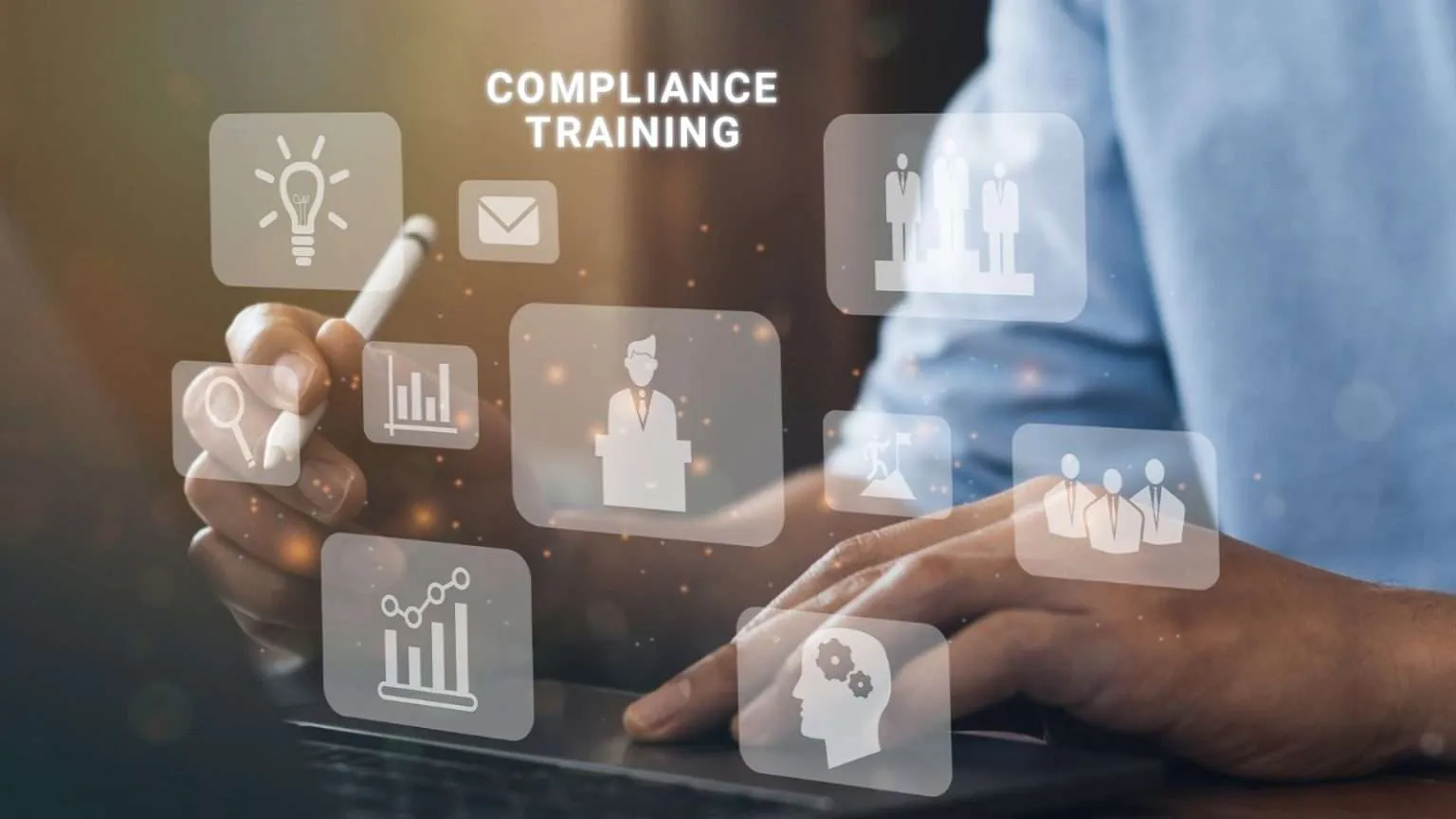In the modern business environment, where a single misstep can cascade into a full-blown PR crisis, compliance has emerged as a central pillar of corporate responsibility and brand protection. Companies no longer view compliance training as a formality. It’s become a strategic investment—a direct line of defense for brand reputation.
Whether it’s data privacy, ethical conduct, anti-harassment policies, or industry-specific regulations, organizations are under constant pressure to demonstrate not just adherence—but leadership—in compliance. And at the heart of this effort lies one key initiative: comprehensive, ongoing, and engaging compliance training.
Let’s unpack why compliance training is critical, how it shapes your brand identity, and what it takes to implement a program that truly protects your organization from reputational fallout.
Reputational Risk: The High Cost of Non-Compliance
It’s easy to quantify regulatory fines. What’s harder to measure—but often far more damaging—is the cost to your brand’s reputation. A breach, scandal, or violation that becomes public can erode customer trust, reduce employee morale, and shrink shareholder confidence almost overnight.
Take the following examples:
-
British Airways faced a £183 million fine for a data breach—but the lasting damage was to customer confidence and trust.
-
Uber experienced a series of PR crises tied to workplace culture and leadership failures, resulting in talent loss and consumer churn.
-
Nike, despite its global brand equity, faced backlash over labor practices, highlighting how compliance issues can spark global boycotts.
These events didn’t just cost money—they shook the public’s perception of the brands. That’s the true cost of non-compliance.
Compliance Training: The Brand Reputation Lifeline
So how exactly does training protect a brand’s reputation? By proactively aligning employee behavior with regulatory requirements and ethical expectations, training reduces the likelihood of misconduct before it happens.
When done well, compliance training:
1. Builds a Culture of Accountability
Training fosters a mindset of personal responsibility. Employees understand not just the rules, but their role in upholding them. This reinforces company values and ensures those values are reflected in day-to-day operations.
2. Prevents Costly Errors
Whether it’s mishandling sensitive data, overlooking harassment policies, or violating industry-specific regulations, employees who are trained are significantly less likely to commit compliance breaches.
3. Demonstrates Due Diligence
If an incident does occur, evidence of proper training and internal controls can help mitigate legal liability and public criticism. It signals that the company took reasonable steps to prevent the issue.
4. Strengthens Employee Confidence
Clear guidance reduces uncertainty. Employees who feel equipped with the right knowledge are more confident in their decisions and more aligned with company objectives.
5. Drives Brand Differentiation
In a world where ethical business practices matter to consumers, partners, and investors, a strong compliance culture can become a market differentiator.
MaxLearn: Reinventing Compliance Training for Modern Businesses
Traditional training methods—static presentations, text-heavy manuals, annual refreshers—simply aren’t enough. Today’s workforce demands engaging, accessible, and continuous learning experiences.
That’s where MaxLearn stands out. With its next-gen learning platform, MaxLearn offers organizations a smarter, more impactful way to manage compliance training.
Key features include:
-
✅ Microlearning modules that are short, focused, and easy to digest
-
✅ Gamification elements to keep employees motivated and engaged
-
✅ Real-time analytics to monitor progress and identify risk areas
-
✅ Custom course paths tailored by industry, role, and risk exposure
-
✅ Scenario-based learning that encourages critical thinking in real-world situations
By shifting from check-the-box training to a dynamic learning environment, MaxLearn empowers organizations to embed compliance into the DNA of their culture.
Building a Training Program That Truly Safeguards Reputation
To be effective, compliance training must go beyond the basics. It must be strategic, consistent, and people-centered. Here’s how to build a program that works:
1. Align Training with Business Risks
Understand your organization’s most pressing risk areas—whether it’s financial fraud, harassment, cybersecurity, or data protection. Tailor training content accordingly.
2. Ensure Leadership Endorsement
Executive support signals that compliance is a top priority. Leaders should participate in training and actively promote its importance.
3. Foster Ongoing Learning
Compliance is not a one-time event. Use refresher modules, newsletters, and scenario simulations to keep policies top-of-mind throughout the year.
4. Measure Impact, Not Just Completion
Go beyond tracking completion rates. Measure knowledge retention, behavioral change, and incident reduction over time.
5. Create Safe Feedback Channels
Encourage employees to raise concerns or ask questions. An open feedback loop reinforces transparency and reduces the likelihood of silent errors.
The Competitive Edge of a Compliant Culture
Customers today are increasingly discerning. They don’t just buy products—they buy values. A strong compliance framework sends a powerful message: We do business the right way.
That message resonates with:
-
🌍 Consumers, who demand social and ethical responsibility
-
💼 Investors, who assess ESG (Environmental, Social, and Governance) performance
-
🤝 Partners, who want reliable, risk-conscious collaborations
-
🧠 Talent, who seek ethical, inclusive workplaces
In other words, compliance isn’t just internal housekeeping. It’s your brand’s proof of integrity.
Final Thoughts: Compliance Is a Brand-Building Strategy
In an age where reputational risks can surface in a tweet or a headline, compliance training is not just about avoiding failure—it’s about enabling success. It builds a culture that is resilient, responsible, and ready to meet the challenges of a complex world.
Brands that lead in compliance don’t just survive—they thrive. They earn loyalty, inspire trust, and create sustainable value in the eyes of all stakeholders.
So don’t wait for a crisis to prioritize compliance. Start building your brand’s protective foundation today with smarter training strategies. To learn how to modernize your compliance training and elevate your brand’s reputation, explore the full insights from MaxLearn’s guide to compliance training for brand protection.
